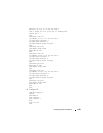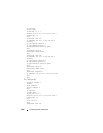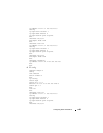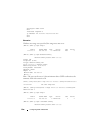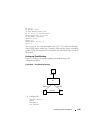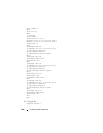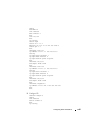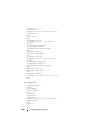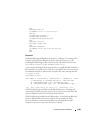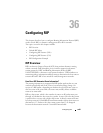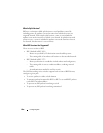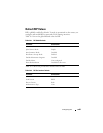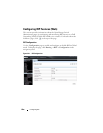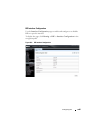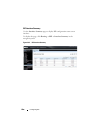
Configuring OSPF and OSPFv3 1199
exit
interface vlan 103
ip address 172.21.1.1 255.255.255.0
routing
ip ospf hello-interval 1
ip ospf dead-interval 4
ip ospf network point-to-point
exit
interface te1/0/21
switchport mode trunk
exit
interface loopback 0
ip address 172.21.254.2 255.255.255.255
exit
exit
Discussion
With flood blocking disabled on all interfaces, sending a T3 summary LSA
from R3 to R0 will cause R0 to forward the LSA on its interface to R1.
Enabling flood blocking on R0's interface to R1 will inhibit this behavior.
(R0)(config-if-vlan101)ip ospf database-filter all out
A trace on the R3-R0 link shows that the LSA is actually flooded from R1 to
R0, since R1 received the LSA via R2. Even though R1 does not receive this
LSA directly from R0, it still correctly computes the route through the R0:
(R1) #show ip route
console#show ip route
Route Codes: R - RIP Derived, O - OSPF Derived, C - Connected, S - Static
B - BGP Derived, E - Externaly Derived, IA - OSPF Inter Area
E1 - OSPF External Type 1, E2 - OSPF External Type 2
N1 - OSPF NSSA External Type 1, N2 - OSPF NSSA External Type 2
O IA 100.0.0.0/24 [110/2] via 172.21.1.10, 00h:01m:35s, 0/25
OSPF also blocks external LSAs on the blocked interface. Stopping and
restarting R3's OSPF protocol causes R3 to re-originate its router LSA. R0
does not send R3's router LSA on the blocked interface.
With flood blocking enabled on the R0 interface, if the link from R0 to R1
bounces, R0 Database Description packets do not include any LSAs.
However, database synchronization still occurs (through R2) and R1
computes the correct routes after the link is restored.



